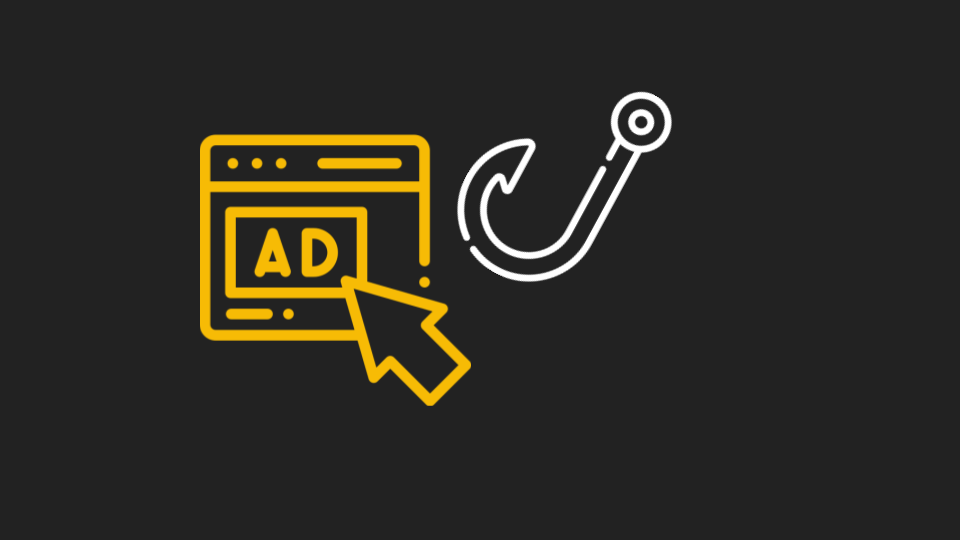One of our customers uses Slack for a lot of their daily communication. The company holds a lot of data about customers, and often this is shared internally to facilitate better customer service, resolve concerns and more.
The most efficient way to share this information is through Slack.
But any and all information can be shared via Slack--including personally identifiable information, social security numbers, credit card numbers and so much more. Not only is it in your Slack instance, but since most carry Slack on their personal device, it's everywhere.
In fact, in just one 24-hour span, this organization generated 3,500 DLP events in Slack alone.
So, they turned to our Slack protection. We can utilize out-of-the-box rules to identify sensitive PCI, HIPAA, FERPA, PII or other confidential information types. If we see health information, credit card information--anything your organization defines as sensitive or confidential--we will flag it. Not only that, but we can uniquely "tombstone" messages--meaning, we can remove them from the chat for admin review.
If it's a file, it might look like this:

For chat messages, it might look like this:

Like everything we do, these are all customizable. So while you can tombstone a message, you can also add warning banners. Plus, you can create custom dictionaries, custom policies--pretty much anything you need to suit your organization.
There hasn't been a ton of user education around Slack and other collaboration apps, leading to a more free-flowing exchange of information.
Because the usage of Slack is so pervasive, that represents a huge security risk.
With powerful, customizable DLP workflows, including custom policies for organizations and even individual users, Slack can be a productive--and safe--way to communicate.






